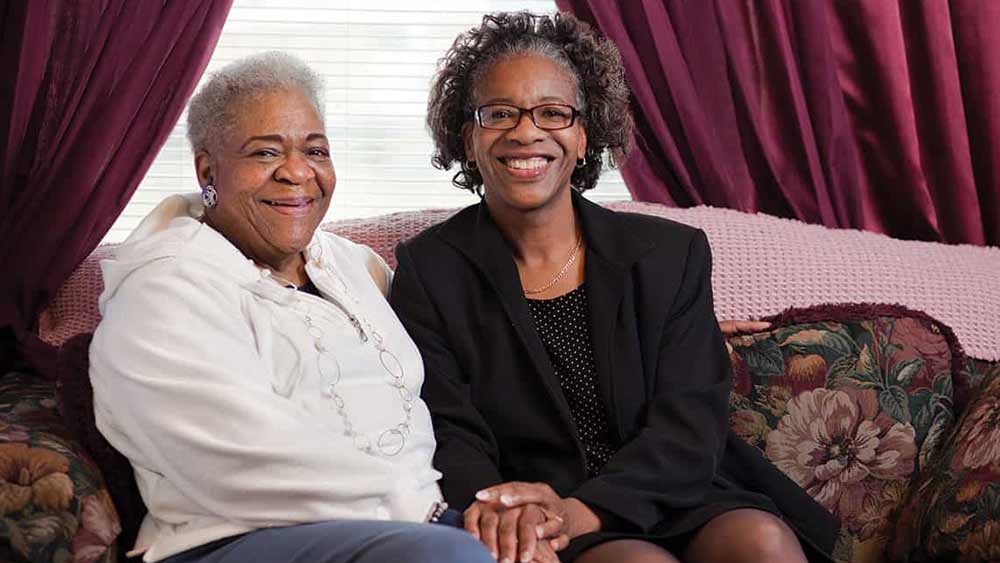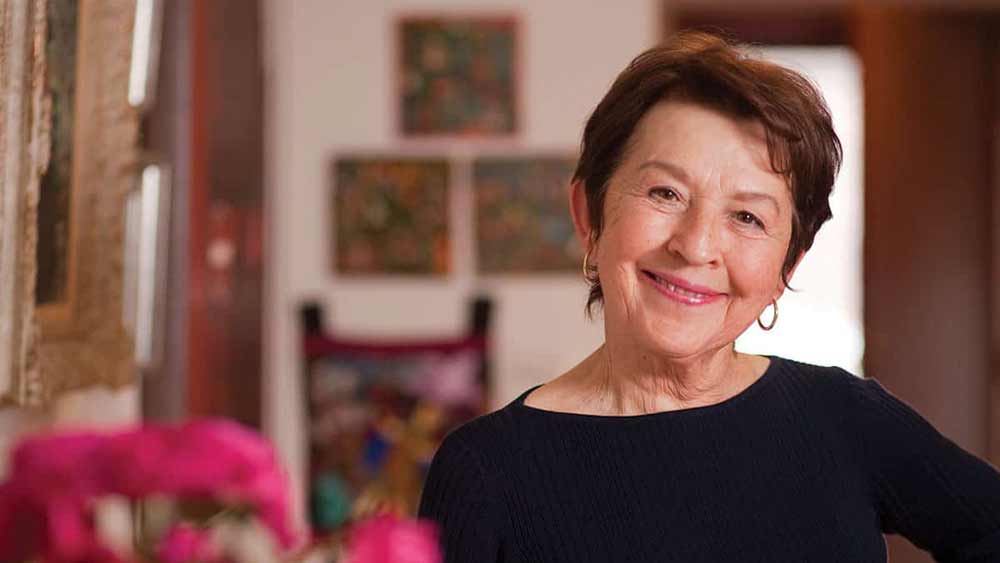

Caregiving in the Blended Family
Scenario 1: “This is Cathy. Your dad fell, and he’s in the hospital.” Who is Cathy? Oh yes, your dad’s stepdaughter—whom you’ve never met, as your dad and her mom only recently married.
Scenario 2: Your stepmother, who helped raise you, needs help as she recovers from a stroke, and you have plenty of room in your home. But she and your mother don’t get along very well, and Mom comes over often.
Scenario 3: Your husband has Alzheimer’s disease. His adult children from a former marriage want to come along to his doctor appointments, where they sometimes disagree with your decisions about care.
Elder care experts tell us these are common situations! Today’s families come in many configurations, and many have been shaped by remarriage. According to Pew Research Center, 41% of American adults have at least one step-relative in their family; almost 20% have a stepparent, and 13% have at least one stepchild. Experts predict these percentages will continue to rise as people live longer and if the divorce rate remains high.
Blended families come in all shapes and sizes. There’s the classic “Brady Bunch” scenario, where each spouse brings children to the marriage. There’s the “yours/mine/ours” situation, where the new couple goes on to have more children together. In early-blended families, the children might fully consider one another siblings, with little distinction in the “who’s whose” department.
But some stepfamilies never fully blend, and stepsiblings may not be close. And with the increase in “gray divorce”—later-life marital dissolutions—there are more late-life remarriages. Quite often in this case, the new stepsiblings hardly know one another.
Stepfamilies can experience conflicts—squabbles about where to spend the holidays, conflicted parental loyalties, and friction between stepparents, stepchildren and stepsiblings. The challenges can escalate when parents grow older and need care support. Planning for elder care is plenty complicated on its own, and stepfamily issues can add to the complexity.
“Sometimes remarried partners and adult stepchildren come to consider each other ‘family,’ and sometimes they don’t,” said Carey Wexler Sherman of the University of Michigan Institute for Social Research. “Often you hear people talk about ‘my father’s wife’ or ‘my husband’s children,’ which can be a sign that a family hasn’t really blended. Ambivalent feelings among family members may carry over in all kinds of ways when a stepparent needs help providing care for an aging parent.”
Six steps to better “step-caregiving”
When older parents need care support, adult children often become much more engaged in their lives, participating in financial and medical decisions and practical tasks. This is also a time when siblings might have more contact, and that includes stepsiblings. Here are things stepfamilies should think about ahead of time:
- Have these discussions early on. Planning for elder care can reduce touchy situations and ambiguity—for example, about whether adult children or the new spouse will be in charge of care decisions and the role of stepchildren. The Pew study shows that while stepfamily relationships can be close, only 56% of stepchildren feel a sense of obligation to care for stepparents, compared with 83% of biological children.
- If a parent remarries later in life, get to know your stepparent’s family. Yes, this might feel awkward, especially if the new couple lives at a distance and you don’t have much of a relationship with your parent’s new partner. Yet even if caregiving seems far into the future, time sneaks up on us. Suddenly the couple might need help, and it’s a lot easier to work together with people you know. Exchange contact information early on, and make a point to be in touch.
- Set aside old business. Forming a stepfamily can be fraught with emotions and resentments. Acrimonious divorces, rivalries, conflicted loyalties and estrangements might be part of the family constellation. But when planning for caregiving, set all that aside as best you can. Having a close relationship with your step-kin would be lovely, but right now the goal is to ensure that older loved ones are cared for. Set ground rules if you need to.
- Learn about support services. In stepfamilies, there might be more adult children to share in caregiving—but many times, resources are spread thin because there are more older parents who might need care. An only child may be scrambling to help their father, stepmother, mother and stepfather at the same time! Look into senior services available in your community.
- Bring in experts. Financial advisers can help a couple navigate complicated situations in paying for care. An attorney might be needed for inheritance and property issues and creating a power of attorney for health care. If the family is having trouble getting on the same page, bring in a counselor to help. Consider the services of an aging life care professional (geriatric care manager). These experts can help mediate the discussion, as well as locate services and resources, and can work with family on a fair division of labor and financial contribution.
- Professional in-home care can help. In some situations, older parents need more assistance than family can provide. Perhaps family dynamics make it more desirable to bring in professional care. Many families engage a professional caregiver to keep older loved ones safe and well cared for. Professional caregivers can provide assistance with personal care, such as bathing and dressing. They can support a loved one’s well-being at home and help manage health care. This can increase peace of mind and reduce stress for everyone—and that’s good news, no matter what your family structure!
Right at Home caregivers are screened, supervised and trained to meet all the care needs of clients, and support for families. Find your local Right at Home and ask for a care consultation today.







